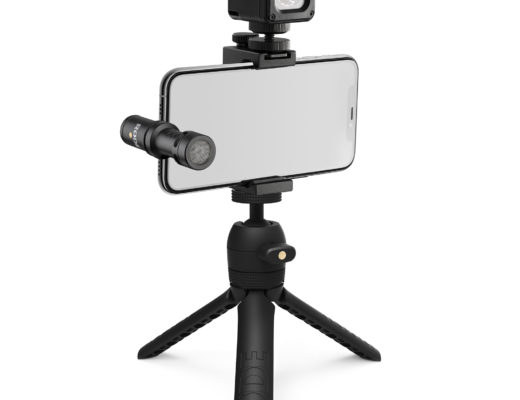

CameraCaptureUI captureUI = new CameraCaptureUI() Ĭ = CameraCaptureUIPhotoFormat.Jpeg Ĭ = new Size(200, 200) If the user cancels the capture, the returned object is null. The method returns a StorageFile instance containing the image if the capture is successful. The value of the AllowCropping property is ignored when your app is running on these devices.Ĭall CaptureFileAsync and specify CameraCaptureUIMode.Photo to specify that a photo should be captured. Image cropping in the CameraCaptureUI isn't supported for devices in the Mobile device family.

This example sets the CroppedSizeInPixels to request that the returned image be 200 x 200 in pixels. This can be disabled with the AllowCropping property. By default, the camera capture UI supports cropping the photo before it's returned. By using the object's PhotoSettings property, you can specify properties for the returned photo, such as the image format of the photo. To capture a photo, create a new CameraCaptureUI object. To do file operations with the returned image file, include Windows.Storage. To use the camera capture UI, include the namespace in your project. You must specify the webcam or microphone capabilities in your app manifest file if you're using MediaCapture to capture audio, photos, or video programmatically.
CAMERA SHOT DESIGNER WINDOWS WINDOWS
Your app may fail Windows Application Certification Kit certification when submitted to Microsoft Store if you specify the webcam or microphone capabilities when using CameraCaptureUI as your only photo capture mechanism. This is because the Windows built-in camera app is a trusted first-party app that requires the user to initiate photo, audio, and video capture with a button press. If you do, your app will be displayed in the device's camera privacy settings, but even if the user denies camera access to your app, this won't prevent the CameraCaptureUI from capturing media. You shouldn't specify the webcam nor microphone capabilities in your app manifest file if your app only uses CameraCaptureUI.


 0 kommentar(er)
0 kommentar(er)
